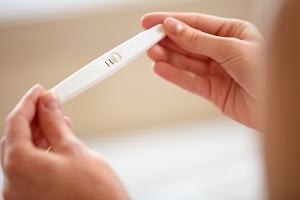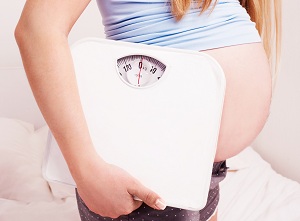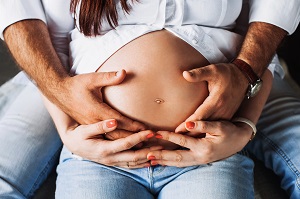A woman born without a womb has given birth to a healthy child. All thanks to the uterus donated by a mysterious deceased donor. The event occurred in Brazil and is a revolutionary step for the treatment of infertility. It is in fact the first child born from the organ of a dead woman.
Before this there were other uterus transplants that led to childbirth. All the organs were from donors still alive and from 2013 at least 11 children were born in this way. As said, the main difference is that all the transplanted uteri came from living donors. This is the first time that a dead uterus transplant is successful.
From a biological point of view, the organs of a living person and a dead person are not very different. Yet, none of the other 10 uterus transplants performed with dead women's organs were successful. This first victory promises to change the lives of many women who have lost their womb or who were born without. As the protagonist of this story, in fact.
The donor was a 45-year-old woman who died from a stroke, who had three children with natural childbirth. The protagonist of the study, however, was born without a womb. The doctors have implanted the donor's implant with an intervention lasting 10 hours. Then they waited for the woman to start the menstrual cycle, arrived 7 months later, indicating that the organ had taken root. At this point they used in vitro fertilization to start the pregnancy.
The entire long operation ended with a girl of almost 3 kg, born by Caesarean section in December 2017. By now a year after delivery, the baby is healthy and there have not been any unexpected effects.
Source: nytimes.com
Add a comment





